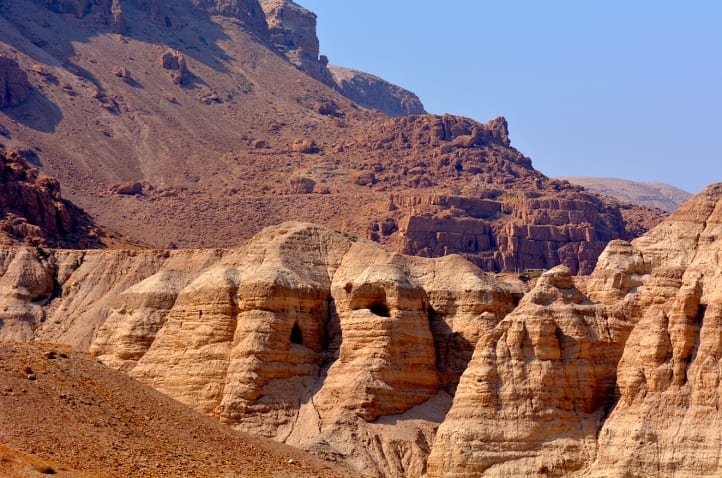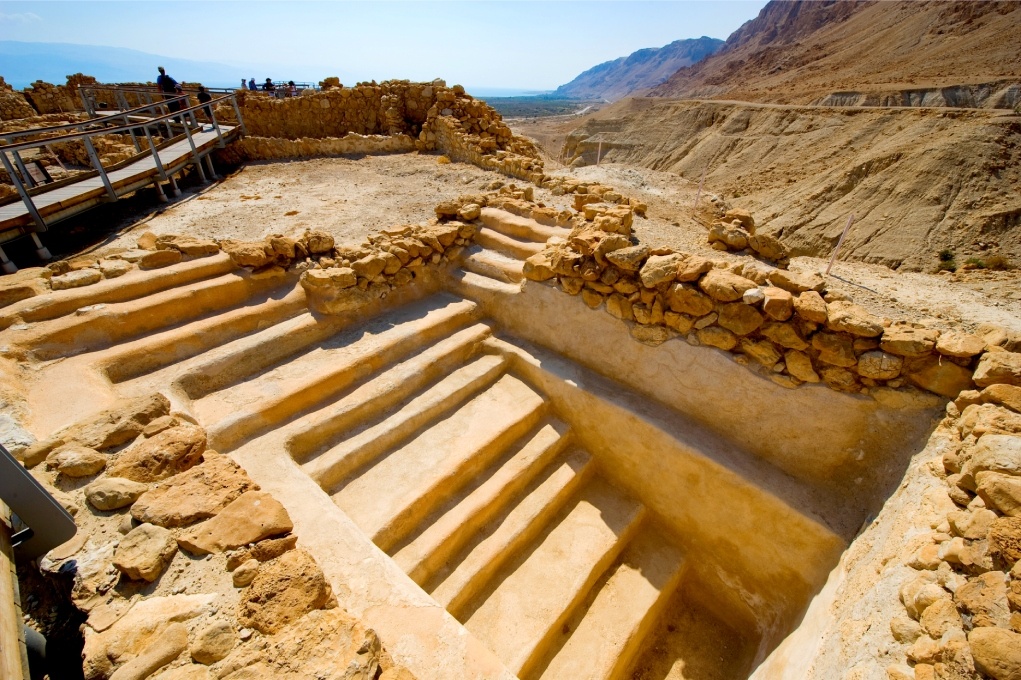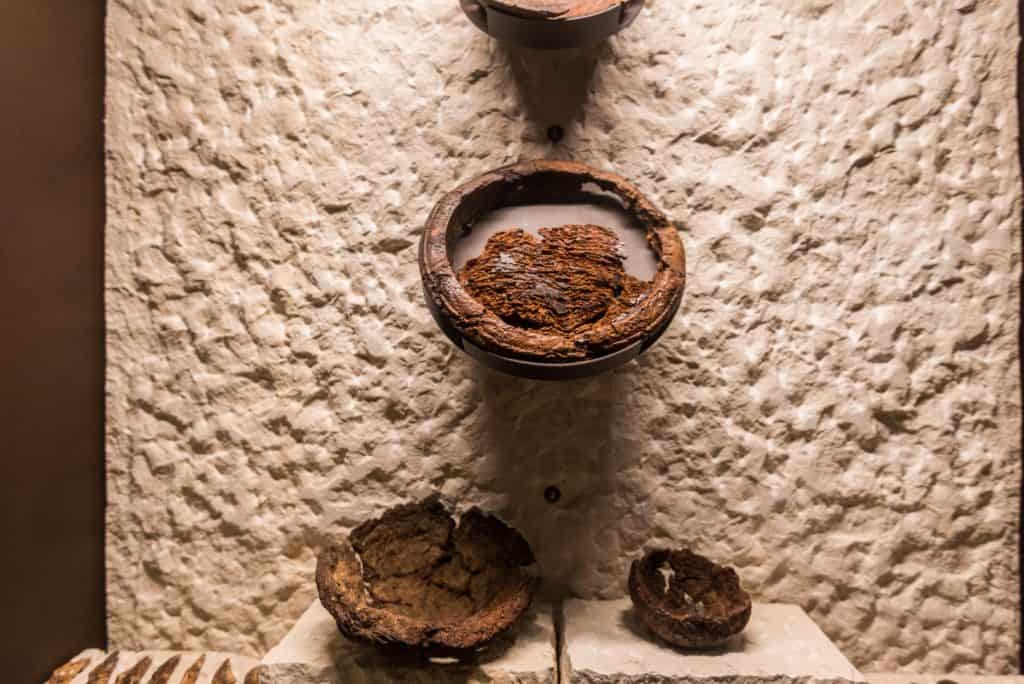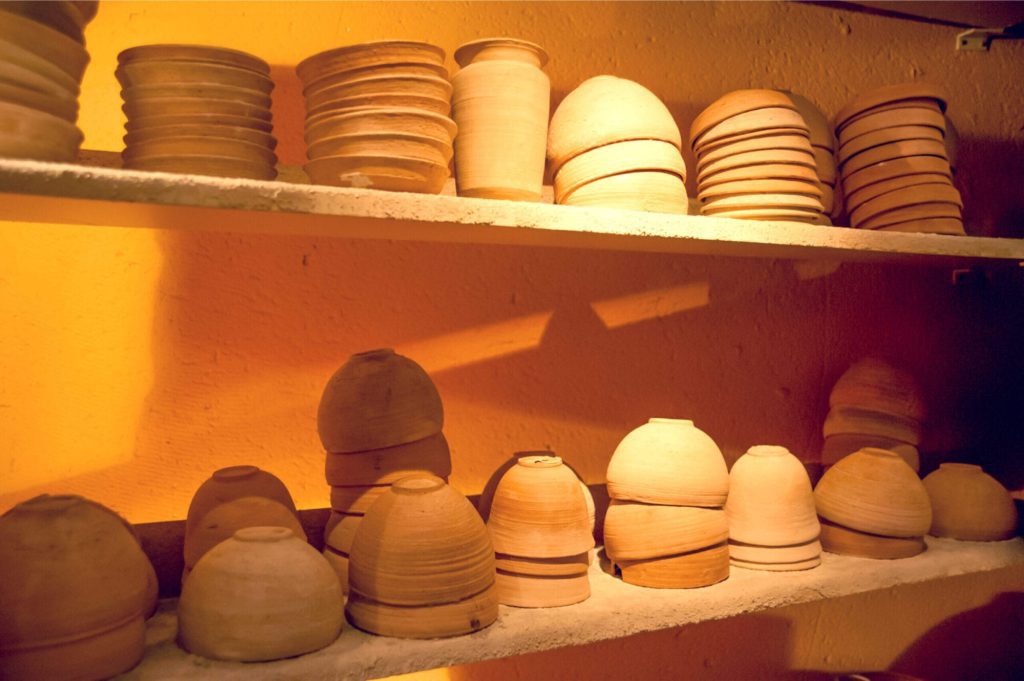Nestled along the picturesque shores of the Dead Sea in Israel, Qumran National Park stands as a captivating archaeological site with a profound historical significance. This extraordinary park is renowned for being the discovery site of the famous Dead Sea Scrolls. These ancient manuscripts offer invaluable insights into the history and beliefs of a mysterious ancient sect. In this post, we embark on a journey to explore the wonders of Qumran National Park and the fascinating tale of the Dead Sea Scrolls.

So the story goes that in the area of Qumran National Park around Nov 1947, a Bedouin shepherd stumbled upon a series of ancient scrolls hidden within the caves of Qumran. These scrolls, dating back over two millennia, comprise biblical texts, religious writings, and sectarian documents. Furthermore, the discovery of the Dead Sea Scrolls has been hailed as one of the most significant archaeological finds of the 20th century.
The Dead Sea And Masada Tour

Archaeological Significance:
Qumran National Park encompasses the archaeological remains of an ancient settlement dating from the Second Temple period. Archaeologists have uncovered a complex of buildings, cisterns, and ritual baths, shedding light on an enigmatic religious community’s daily lives and practices.

The Essenes and their Lifestyle:
Scholars believe that the people who inhabited Qumran were likely members of a sect known as the Essenes. The Essenes led an ascetic and communal lifestyle, devoting themselves to religious study and ritual purity. The Dead Sea Scrolls provide valuable insights into their beliefs and practices.
Scenic Beauty: Aside from its archaeological significance, Qumran National Park is a stunning natural setting. The breathtaking views of the Dead Sea and the surrounding desert landscapes create a serene and captivating ambiance for visitors.

Visitor Center and Exhibitions:
The park’s visitor center offers an engaging and informative experience, providing a deeper understanding of the history, culture, and significance of Qumran and the Dead Sea Scrolls. Interactive exhibits and multimedia presentations enrich the visitor’s journey into the past.
Guided Tours: Our guided tours are available for visitors who wish to delve deeper into the history and archaeology of Qumran. Expert guides lead guests through the ancient ruins, providing context and narratives that bring the site to life.
Cultural and Spiritual Exploration:
Qumran National Park offers visitors a unique cultural and spiritual exploration opportunity. Walking through the remains of an ancient community and connecting with the texts of the Dead Sea Scrolls can be a profound and reflective experience.

Conclusion:
So Qumran National Park is a window into the past, inviting visitors to explore the secrets of the Dead Sea Scrolls and the enigmatic Essene community that once inhabited this ancient settlement. The park’s captivating archaeological remains, combined with the stunning beauty of the Dead Sea landscape, make it a must-visit destination for history enthusiasts, spiritual seekers, and nature lovers alike. Last, a visit to Qumran National Park offers a memorable and enriching journey back in time as we uncover the mysteries of an ancient sect and their treasured manuscripts hidden in the caves of the Judean Desert.







